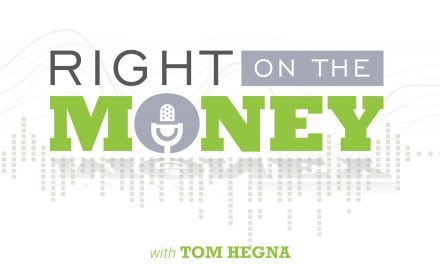Participants can take early distributions without penalties
In a sea of retirement plans that can differ by profession and employer, municipal workers’ retirement plans feature high levels of allowed contributions, and distributions before age 59 ½ are not penalized if the worker remains as employees.
Police and fire officials who protect cities and citizens from danger enjoy a bit of protection themselves in the form of uncommon benefits that fall under a Type 457 retirement plan. While similar in nature to primarily self-funded 401(k) plans in corporations, and 403(b) plans in tax-exempt organizations, 457 participants can take penalty-free distributions and have yet another outlet to supplement their retirement plans.
Workers afforded these and other distinct benefits can be found servicing communities across the country and include policemen, firemen and utilities like water and sanitation. While teachers can fall under this general umbrella, they more commonly participate in traditional 403(b)’s, despite the more flexible withdrawal aspects of 457s.
While all the aforementioned retirement plans allow for contributions from pre-tax earnings, 457s have a distinct benefit related to input and payout. While many employees’ 401(k) contributions are guided by a $6,000 annual limit, municipal employees’ 457 plans allow for up to $18,000, plus an additional $6,000 for workers over 50 years old. These high limits can be especially useful for a two-income households where the 457 participant exercises the discipline for maximum savings and tax deferral, or, when a retiring employee can maximize a last paycheck that may include pay for accumulated sick time or unused vacation hours.
The more uncommon feature of a 457 among the retirement landscape is an employee’s ability to take a distribution without penalty before age 59 ½. Distributions are taxed as ordinary income, and participants are not subject to the 10% penalty normally assessed under similar plans’ rules. This effectively allows the 457 to serve as an emergency fund.
Holdings in 457 plans typically comprise mutual funds, and exchange traded funds (ETFs) to a lesser degree. Caution is urged as retirement age approaches, and variable annuities can be an appropriate option.
By combining proceeds from a 457 plan, a pension, and Social Security accrued from a prior job or industry, retirees can enjoy the stability that comes with three income sources. Financial professionals encourage strong attention to retirement planning during the 10-year window before and after retirement, when requirements become clearer, and critical decisions about distributing the accumulated benefits are made.
Syndicated financial columnist Steve Savant interviews top retirement specialists in their field of expertise. In this segment we’re talking to accredited asset management specialist Bill Metejka. Right in the Money is a financial talk show distributed in daily video press releases to over 280 media outlets and social media networks.





